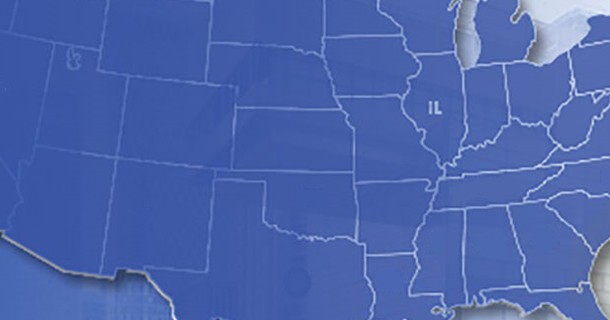Transmission Integrity Management Program
About
Transmission Integrity Mangement Program is a process for assessing and mitigating pipeline risks in an effort to reduce both the likelihood and consequences of incidents.
The Pipeline Safety Improvement Act of 2002 is a federally mandated legislation that addresses risk analysis and integrity management programs for pipeline operators. It also directs the U.S. Department of Transportation (DOT) to adopt regulations relating to integrity management. DOT finalized these regulations December 17, 2004. Natural gas transmission pipeline operators were then required to begin conducting assessment by June 17, 2004, have a management program in place by December 17, 2004, and to complete baseline assessments of pipe in high consequence areas by 2012. After completing the baseline integrity assessment the company continues to assess the line pipe using one of the three primary assessment methods at intervals not to exceed seven years to ensure a safe and reliable delivery of gas to our customers. Nicor Gas has implemented an integrity management program for pipelines in the company’s high consequence areas according to the DOT regulations. It is a systematic and comprehensive process designed to provide information to effectively allocate resources for the appropriate prevention, detection and mitigation activities. The program builds on the existing foundation of pipeline safety regulations covering design, construction, testing, operation and maintenance that has been in place for many years.
The Basic Steps in the Transmission Management Process
High Consequence Area (HCA) Identification
Locations along the Pipeline System that meet the criteria for High Consequence Areas are identified. Generally, these are high population density areas or difficult to evacuate facilities, such as hospitals, prisons or schools, and locations where people congregate, such as churches, office buildings, or playgrounds.
Risk Analysis
a systematic process in which potential hazards from facility operation are identified, and the likelihood and consequences of potential adverse events are estimated. Each pipeline segment is given a numerical score based on the estimated risk.
Baseline Assessment Plan
A schedule for performing pipe integrity assessments over the 10-year baseline period is developed. Risk assessment results are used to prioritize the projects. The worst 50% must be assessed by December 17, 2007 and the other 50% by December 17, 2012. The method of integrity assessment is also selected for each segment and becomes part of the plan along with the schedule. More than one method may be required depending on the threats identified.
Threat Identification and Risk Assessment
Information about the pipeline segments are evaluated to identify the threats of concerns to the pipe and to assess risk.
Regulatory Requirements
The 107th Congress approved bill H.R. 3607 known as the “Pipeline Safety Improvement Act of 2002” on December 17, 2002. Upon becoming a law, it became Public Law 107-355 which can be found in its entirety at http://www.gpoaccess.gov/plaws/. The Pipeline Safety Improvement Act of 2002 introduces several new requirements for Pipeline Operators including those specifically addressing Pipeline Integrity Management. Section 14 of the Act titled “Risk Analysis and Integrity Management Programs for Gas Pipelines” mandates several new pipeline integrity related requirements.
Integrity Assessment
The pipe segments are assessed according to the schedule and methods identified in the Baseline Assessment Plan. There are three primary assessment methods:
- Inline inspection – an inspection tool, often called a “smart pig,” is run through the pipeline to evaluate the pipe’s condition.
- Pressure test – the pipe is pressured to at least one and one half its normal operating limit to test the strength of the pipe. Water is usually used to pressure the pipe during the test.
- Direct Assessment – a structured, multi-step evaluation is conducted to identify potential problem areas.



